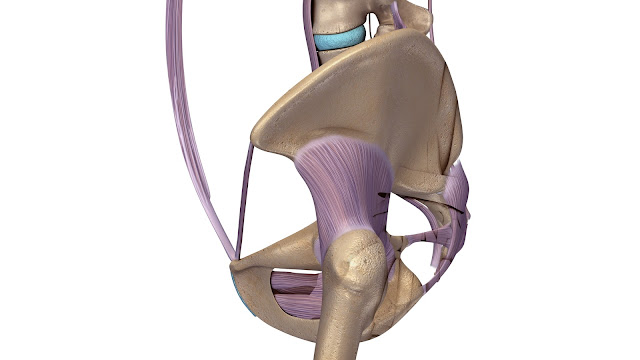Learn More About Sacroiliac Joint Block
SACROILIAC JOINT BLOCK
Sacroiliac joint block is also known as sacroiliac joint injections. They are injections of local anesthetic and a steroid medication used to treat or diagnose sciatica symptoms and low back pain linked with sacroiliac joint dysfunction.
Where Is The Sacroiliac Joint?
It is situated next to your spinal cord. It connects the sacrum (the large triangular bone at the base of the spine) with the hip bones on both sides. Any inflammation or infection at this joint will cause pain.
When Is This Procedure Required?
Sacroiliac joint block helps diagnose and treat lower back pain. Sometimes, the two may be separated, and a patient may undergo a diagnostic injection and then a therapeutic injection. Other times, the two injections are combined.
If you experience pain in your sacroiliac joint(s), it means you need this procedure for:
1. Diagnosis:
Diagnostic injections are used to detect the specific structural abnormality that is causing the symptoms of sacroiliac joint dysfunction. It is also called 'pain generator.'
Procedure: This procedure begins by numbing your sacroiliac joint with lidocaine – a topical and local anaesthetic.
First, the physician will insert a needle into the sacroiliac joint. A contrast injection is then infused to make certain that the needle is placed correctly and the medication spreads properly. This procedure uses fluoroscopic guidance (direct X-rays) for accuracy. Afterwards, a numbing medication will be injected into the joint.
After the injection, the patient would be asked to reproduce the pain by performing strenuous exercises. If the patient feels about 75 to 80 percent pain relief, your physician will make a tentative diagnosis of SI joint dysfunction.
To reconfirm the diagnosis, a second needle is injected using a different numbing medication (e.g. cortisone). If the second medication also provides 75-80% pain relief, then there is a reasonable certainty that the pain is from the sacroiliac joint.
2. Pain Relief:
For therapeutic injection, an anti-inflammatory injection (corticosteroids) is injected to lessen the inflammation at the source of sacroiliac joint dysfunction.
Procedure: This follows the same process as the diagnostic injection except that an anti-inflammatory injection is included in the injection. Anti-inflammatory injections will relieve the pain at the source of the problem.
This injection can be repeated up to three times a year. However, if the patient feels relieved for a long period after a therapeutic injection, physical therapy can be used in conjunction with treatment to reduce the frequency of future injections.
How Long Will the Treatment Last?
The duration of the treatment varies from one person to the other. For some, the relief can last months, but for others it may only last weeks or even days.
Some people receive multiple injections over the year, and the pain diminishes with each injection. However, after multiple injections, the injection will start providing little or no relief and should be paired with other forms of therapy to minimize chronic pain as best as possible.
Possible Risks and Side Effects of Sacroiliac Infection
The risks associated with this process are usually minor and infrequent. Following the injection, our patients will remain at the clinic for at least 30 minutes to ensure there are no immediate complications like leg numbness or weakness. If this happens, you may need to wait at the clinic until it resolves.
Some other potential side effects are:
1. Bruising/soreness at the site of injection
2. Infection at the site of injection, tissues or joint
3. Diabetic patients may have short-term elevated blood sugar as a result of steroid
medication
4. Increased localized pain/bleeding
5. Degeneration of joint surface
6. Short term blurred vision
7. Frequent urination
Before moving forward with treatment such as the sacroiliac joint block procedure, you should always consult a professional to discuss other options, possible risks and side effects, long-term effects, and any other questions you may have. The team at Northern Arizona Pain Institute is highly qualified professionals and can be a helpful resource when considering any type of pain-reducing treatments. Please visit our website to learn more about procedures or to book an appointment: https://northernarizonapaininstitutes.com/.



Thanks for sharing this valuable information for medical syringe with safety needle while using in body. It is very essential and safety method for taking steroids, drugs and so on. Everyone must follow the precaution for better safety of large syringe mechanism to reduce the risk of needlestick injuries.
ReplyDelete